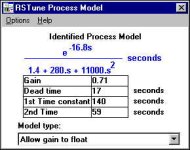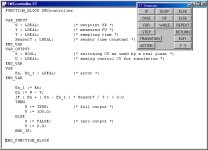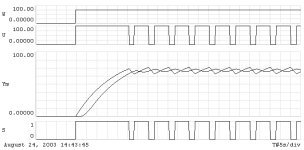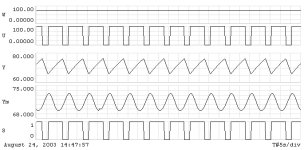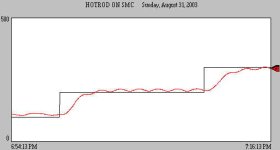kamenges
Member
Hi All-
I think I like it.
I don't do many heat or fill applications so I don't know how often I would be able to use this. But I definitely like the simplicity and the inherent predictive nature of it.
There, I used the 'P' word. I may be off the boat on this but the implementation looks to me like a type of model-predictive control to me.
I'll definitely keep this one in the tool box.
Keith
I think I like it.
I don't do many heat or fill applications so I don't know how often I would be able to use this. But I definitely like the simplicity and the inherent predictive nature of it.
There, I used the 'P' word. I may be off the boat on this but the implementation looks to me like a type of model-predictive control to me.
I'll definitely keep this one in the tool box.
Keith



